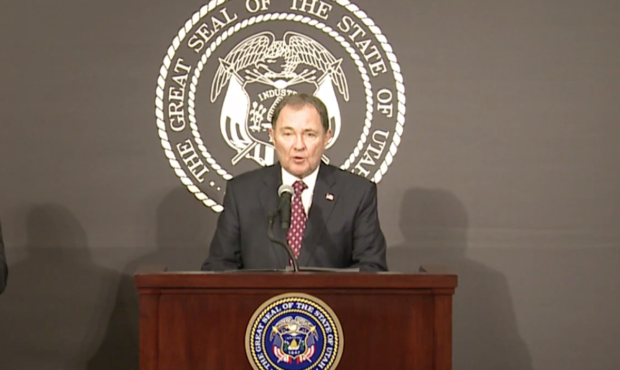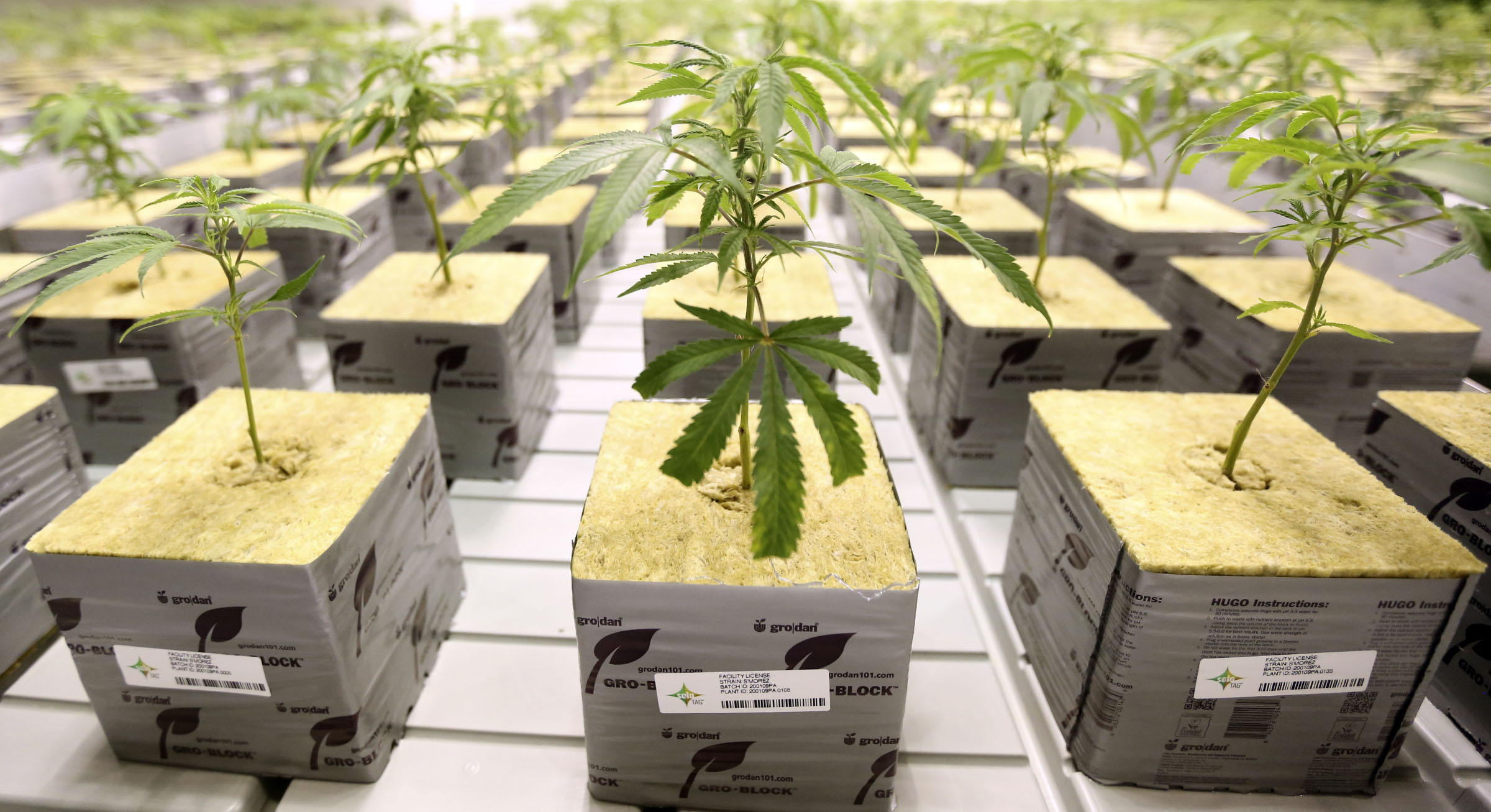Utah coronavirus deaths now at 4, with 806 total cases in the state
Mar 30, 2020, 1:05 PM | Updated: 5:22 pm

Utah Gov. Gary Herbert addresses reporters with the help of an American Sign Language interpreter, Monday, Mar. 30, 2020. Photo: KSL
SALT LAKE CITY — Utah picked up two more coronavirus deaths, its third and fourth, according to the latest COVID-19 numbers released by the Utah Department of Health.
In all, health department officials say coronavirus sickened 787 Utah residents and 19 visitors.
The family of Bob Garff, a former Utah House speaker and chairman of Ken Garff Enterprises, confirmed Sunday he died from COVID-19. State epidemiologist Dr. Angela Dunn did not confirm if he was one of the two new coronavirus deaths in Utah. However, she said one of the two people who died lived in Davis County, and the other in Salt Lake County.
Testing ramped up across the state over the weekend. So far, the state has tested just over 16,000 people for the virus. The number of people infected includes both those who are currently sick and those who have recovered.
Gov. Gary Herbert, Dunn, and other officials updated state residents on coronavirus deaths in Utah and the spread of the virus Monday afternoon.
Herbert particularly urged young people to take social distancing seriously as a means to prevent the spread of coronavirus and any more Utah deaths.
Herbert: About 87% of Utah’s 806 cases are people under the age of 65. 8% of Utah cases have required hospitalization.
— Carter Williams (@cwilliamsKSL) March 30, 2020
We know staying home is an inconvenience.
The next two weeks are critical. Home is the safest place to be.
We ask that employers and employees work together to telework as much as possible.
Keep strict distancing from one another, at least 6 feet.
— Utah Coronavirus Task Force (@UtahCoronavirus) March 30, 2020
Despite the grim predictions, health workers are trying to focus on some positive things. For instance, Dunn says the FDA issuing emergency authorization of anti-malaria medications for COVID-19 treatment is a very good step. She says it allows doctors to have more flexibility in prescribing it for patients who may need it.
Dunn says, “That’s a good thing so that we can further understand how to best treat COVID-19.”
Also, Dunn says there is a lot of evidence showing how well social distancing is working. She says only ten percent of the known cases in Utah were spread through the local community. The rest of the patients have a very clear understanding of how they became infected.
“Only 10 percent of the people that have COVID-19 don’t have a clear source of exposure. So, we’re not growing as fast as our neighboring states. That means social distancing is working.”
Plus, the state sits at an infection rate of only about eight percent, which is relatively low.
She adds, “Even though that rate is small compared to other states, if we continue to increase at that rate, we will overwhelm our healthcare systems in the coming weeks.”
Governor Herbert says testing sites all over Utah can currently test about 2,000 people per day. However, he wants to dramatically increase that number to up to 7,000 per day. Dunn says they especially want to increase the availability for testing in rural parts of the state, where testing is currently limited.
“We know, nationally, the vast majority of counties that have no COVID-19 cases are rural. I think that’s reflected in our Utah population, as well,” she says.
How To Prevent the Spread of COVID-19 Coronavirus
COVID-19 coronavirus is transmitted from person to person. It is a virus that is similar to the common cold and the flu. So, to prevent it from spreading:
- Wash hands frequently and thoroughly, with soap and water, for at least 20 seconds.
- Don’t touch your face.
- Keep children and those with compromised immune systems away from someone who is coughing or sneezing (in this instance, at least six feet)
- If there is an outbreak near you, practice social distancing (stay at home, instead of going to the movies, sports events, or other activities.)
- Get a flu shot.
Local resources
State of Utah: https://coronavirus.utah.gov/
The Church of Jesus Christ of Latter-day Saints
Utah Coronavirus Information Line – 1-800-456-7707
National Resources
Centers for Disease Control and Prevention













